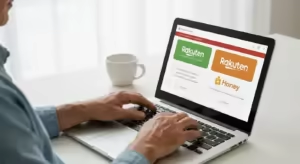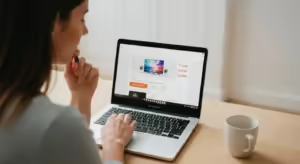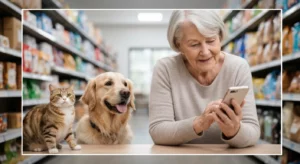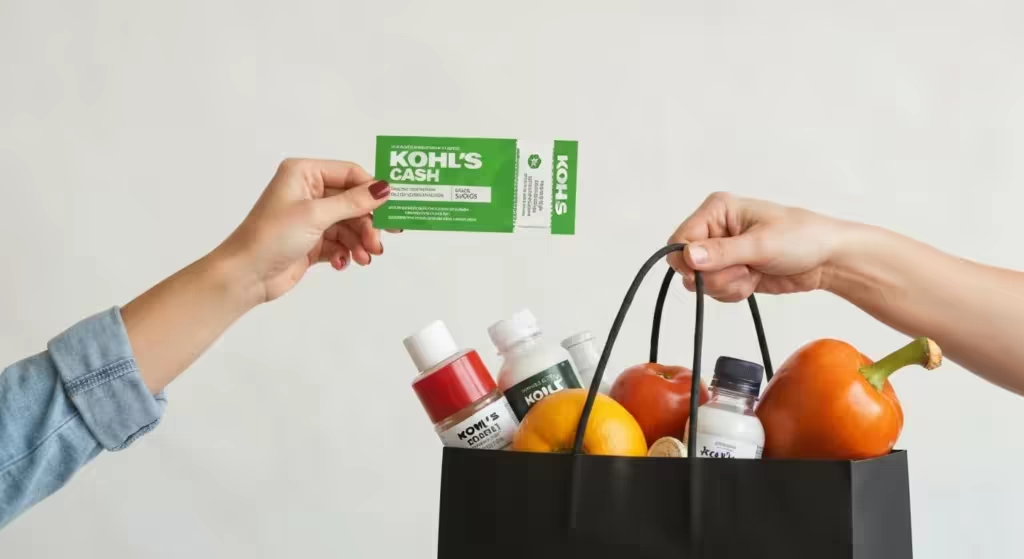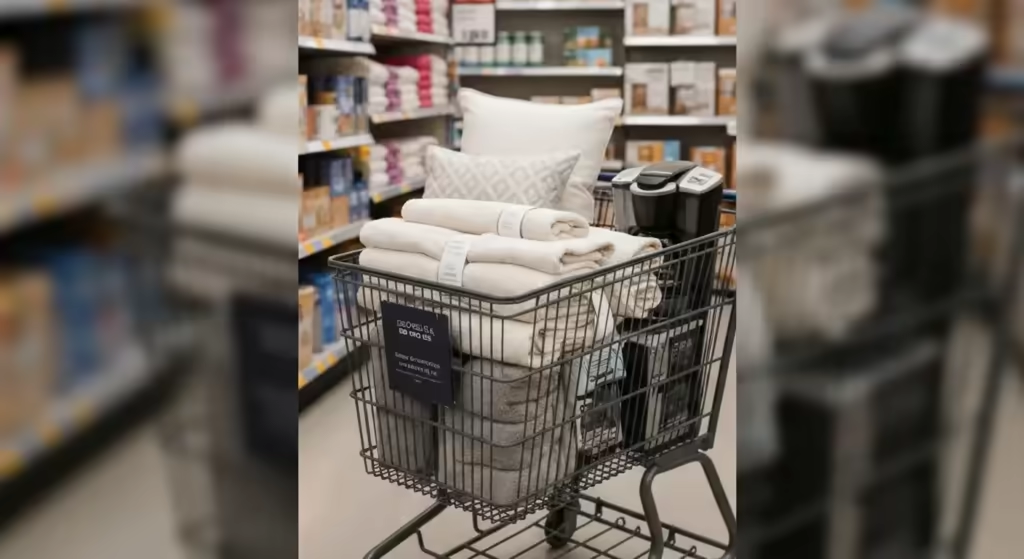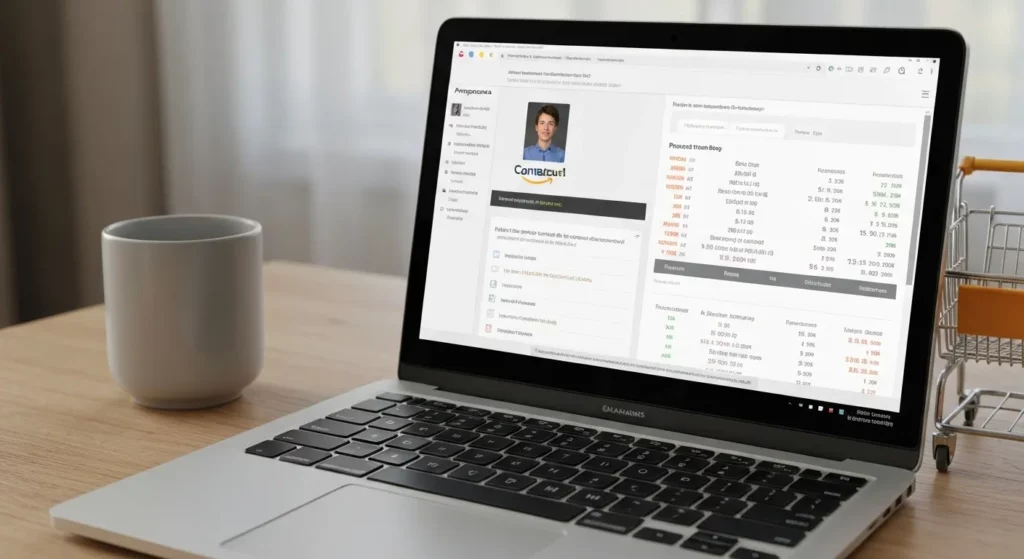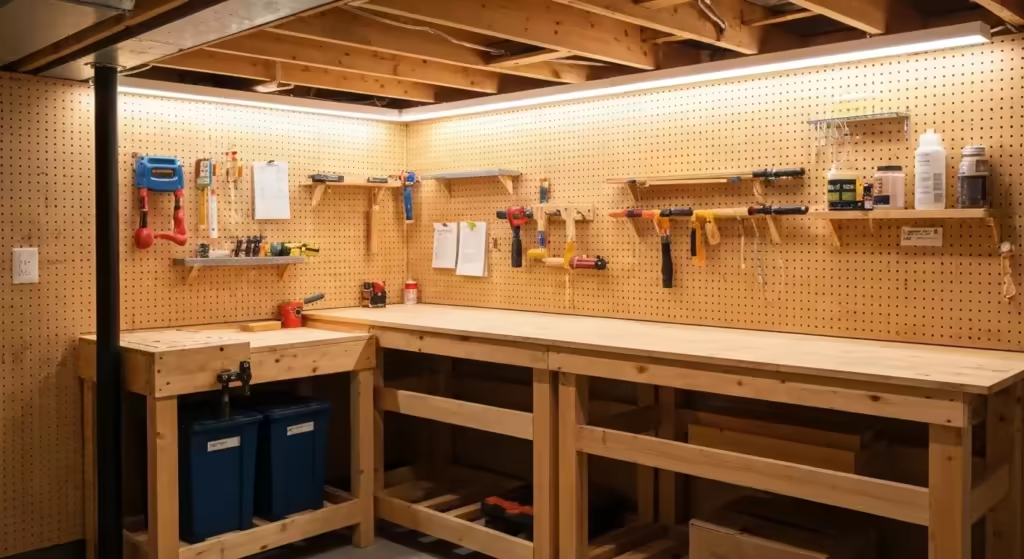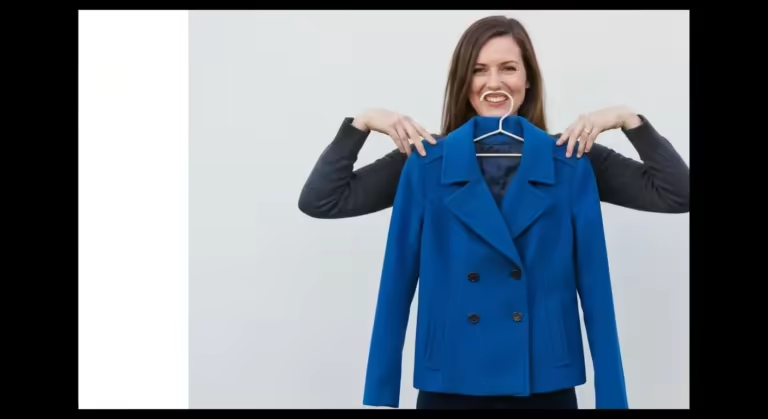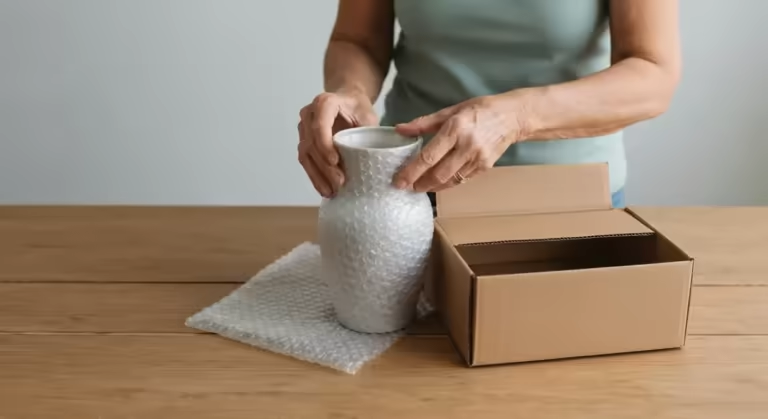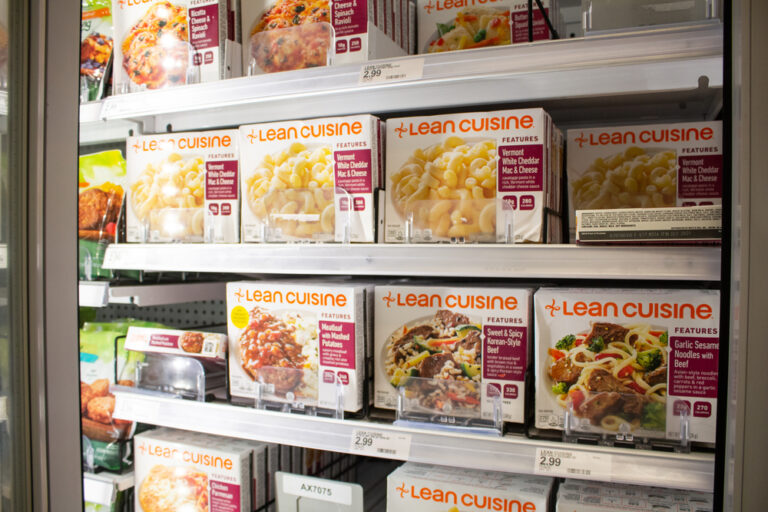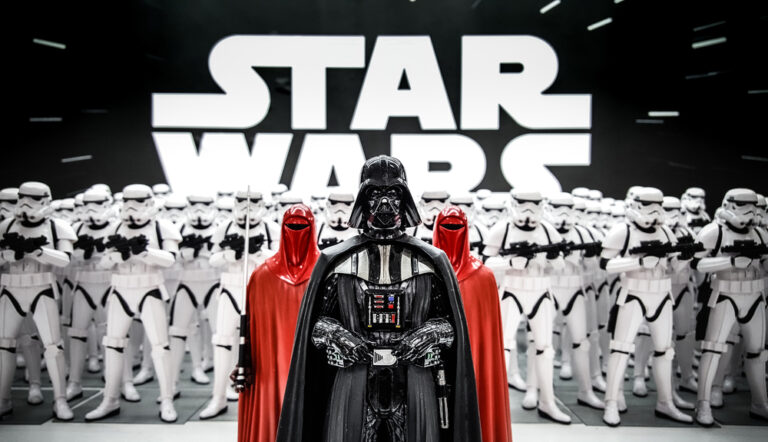I still remember the day my wife, Sarah, and I sat down at our small kitchen table to look at our first-ever retirement budget. The numbers on the page seemed cold and unyielding. After forty years of working as an engineer, the predictable rhythm of a bi-weekly paycheck was gone, replaced by a fixed income that felt both liberating and, if I’m being honest, a little terrifying.
For years, I’d dismissed store loyalty programs as a clever marketing trick. My wallet was a thick, uncomfortable brick, bloated with plastic cards I rarely used. I saw them as a nuisance, a way for companies to track my every move without offering much in return. “They just want you to spend more,” I’d grumble to Sarah, handing over a card with a sigh at the checkout counter. But staring at that budget, I felt a shift. Every dollar suddenly had a much bigger job to do. That day, my journey from a skeptical consumer to a savvy saver began, and it all started with those very same plastic cards I used to resent.
This isn’t a list of every program out there. This is my story. It’s the story of how I stopped seeing these programs as a gimmick and started seeing them as a tool—a powerful one—that helped us not just survive on a fixed income, but truly thrive. Here are the lessons I learned along the way.
-
My First Realization: The $27 Grocery Bill That Changed My Perspective
For the first few months of retirement, I shopped the way I always had: I made a list, went to the store, and bought what was on it. I paid the price on the sticker and didn’t think much of it. My go-to store was our local Kroger, mostly out of habit. I had their loyalty card—a faded blue rectangle that had been on my keychain for a decade—but I rarely did more than let the cashier scan it.
One Tuesday afternoon, I was in line with a cart full of our weekly staples: milk, eggs, chicken breasts, some fresh vegetables, and, of course, a pint of Sarah’s favorite cherry vanilla ice cream. The total came to $112.45. The young man at the register scanned my loyalty card and then looked at me. “Sir,” he said politely, “you could have saved $27.18 on this order with our digital coupons.”
I blinked. Twenty-seven dollars? That wasn’t pocket change. That was lunch for both Sarah and me for three days. It was a tank of gas. It was more than a rounding error; it was a significant chunk of our grocery budget. I must have looked confused because he elaborated. “They’re on the app. You just ‘clip’ them before you shop. You had a lot of items that had special digital-only deals this week.”
I felt a strange mix of embarrassment and intrigue. Embarrassed that I’d been so dismissively leaving money on the table for years, but intrigued by the sheer amount. I paid the $112.45, but the smaller number—$27.18—echoed in my mind all the way home. That evening, I didn’t just unload the groceries. I sat down on the couch, pulled out my phone, and for the first time, I downloaded the Kroger app. I was determined to understand what I had been missing. That single, offhand comment from a cashier was the catalyst. It was the moment I realized that a reward program wasn’t just about a passive scan; it was an active tool, and I hadn’t even bothered to learn how to use it.
-
The Deep Dive: Learning to Speak the Language of Digital Coupons
My first foray into the Kroger app felt like trying to learn a new language. There were sections for “Weekly Ad,” “Coupons,” “Cash Back,” and “Personalized Deals.” It was a little overwhelming. My initial instinct was to get frustrated and close it, to retreat to my old, simpler ways. But the memory of that lost $27 kept me going.
So, I made a cup of coffee and treated it like one of my old engineering projects. I decided to dissect it piece by piece. First, I went to the “Coupons” section. I started scrolling and was amazed. There were hundreds of them. A dollar off the bread we always buy. Fifty cents off my favorite brand of coffee. A “Buy One, Get One Free” deal on pasta. I started “clipping” them with a tap of my finger, watching the little number in my digital “wallet” go up. It was surprisingly satisfying.
The real game-changer, however, was discovering the “Personalized Deals.” The app, having tracked my purchases (the very thing I used to be suspicious of), was now offering me deals on the exact items Sarah and I bought regularly. There was a coupon specifically for her cherry vanilla ice cream and another for the brand of whole-wheat bread I preferred. This wasn’t just random marketing; this was targeted value.
My first “prepared” shopping trip was the next week. Before leaving the house, I spent about 20 minutes on the app. I reviewed the weekly ad, clipped every relevant coupon, and made my list based on what was on sale. I felt a little silly, like I was preparing for a mission, not a trip to the supermarket. At the checkout, I watched the screen nervously as the discounts started rolling off. My total before savings was $134. After my loyalty card and digital coupons were applied, the final price was $91.50. A savings of over $42.
The lesson for me was profound: these programs with real value require a small investment of time upfront. You can’t just have the card; you have to engage with the system. That 20 minutes of planning saved me more than two dollars per minute. It was the best-paying “job” I had in retirement, and it completely changed how I use loyalty cards for savings.
-
Beyond Food: Discovering the Power of Pharmacy Rewards
Like many people our age, Sarah and I have a few regular prescriptions and a cabinet of go-to over-the-counter items. Vitamins, allergy medicine, pain relievers—they add up. For years, we used whatever pharmacy was most convenient. But after my success at the grocery store, I started wondering if I was leaving money on the table here, too.
My attention turned to CVS. I’d been a member of their ExtraCare program for ages, mostly because the cashiers were so insistent you sign up. My main experience with it was getting those absurdly long receipts that everyone jokes about. I usually crumpled them up and tossed them in the car’s trash bin without a second glance.
This time, I smoothed one out on the kitchen counter. Buried amongst the ads and coupons were things called “ExtraBucks Rewards.” I had earned “$2 ExtraBucks,” “$5 ExtraBucks,” and so on. I learned that these were essentially store credit that you earned by making purchases or filling prescriptions. They were like cash you could only spend at CVS.
My big “aha” moment came when Sarah needed a refill of her favorite, and rather pricey, daily face moisturizer. It was normally $24. I went to the CVS app (yes, I was an app guy now) and saw there was a 30% off coupon for any one regular-priced skincare item. On top of that, I had accumulated $7 in ExtraBucks from our last few prescription refills. And, because I had linked my loyalty card to my email, they had sent me a coupon for “$4 off a $20 purchase.”
I went to the store and put my new knowledge to the test. Here’s how it broke down:
- Original Price: $24.00
- Applied 30% off coupon: -$7.20
- Subtotal: $16.80
- Applied my $7 in ExtraBucks Rewards: -$7.00
- Applied my $4 off $20 purchase coupon (which the cashier kindly applied even though my subtotal was now below $20, a little-known store policy): -$4.00
- Final Price: $5.80
I walked out of that CVS feeling like I’d just cracked a secret code. I had taken a $24 item and gotten it for less than the price of a fancy coffee. It taught me that the most powerful loyalty cards are the ones that let you “stack” rewards: combining store sales, digital coupons, and earned rewards all in one transaction. The pharmacy, a place of necessary, often-begrudged spending, had become another arena for smart savings.
-
A Word of Caution: The Trap of “Earning” by Overspending
I have to be honest. In my initial excitement, I went a little overboard. I became obsessed with “the deal.” I saw every coupon as a challenge, every reward threshold as a goal to be conquered. This led me down a dangerous path for a couple of weeks: buying things I didn’t actually need just because the deal seemed too good to pass up.
The peak of my foolishness came during a “Mega Sale” event at the grocery store. The deal was “Buy 10 participating items, Save $5 instantly.” My mind started racing. I scoured the aisles, my phone in hand, looking for the tags. I ended up with three family-sized bottles of ketchup, four different kinds of salad dressing, and a variety of canned goods that I knew Sarah and I wouldn’t eat for months, if ever.
I proudly rolled my cart to the checkout, watching the discounts pile up. I “saved” a ton of money. But when I got home and started unloading the bags, Sarah looked at the mountain of condiments on the counter with a raised eyebrow. “Did you buy stock in a ketchup company?” she asked, half-joking.
Her question snapped me back to reality. I had spent an extra $30 on “deals” to save $5. The math was terrible. I hadn’t saved money; I’d just spent it inefficiently. I had let the thrill of the hunt override the entire purpose of the exercise, which was to spend less on the things we actually need.
That day, I learned the most important rule of using reward programs: a deal is only a deal if it’s on something you were already going to buy. It requires discipline. I had to learn to walk away. Just because there’s a coupon for cat food doesn’t mean I should get a cat (our old dog, Buster, would have strongly objected). It was a crucial lesson in mindfulness. The goal isn’t to maximize your savings on a receipt; it’s to minimize your overall spending. That ketchup sat in our pantry for two years, a constant, tomato-red reminder of the fine line between saving and just… buying.
-
Fueling My Retirement: The Unexpected Power of Gas Points
One of the biggest surprises in my loyalty program journey came from a source I never expected: the gas pump. Our Kroger store was part of a program that awarded “Fuel Points” for every dollar spent in-store. For a long time, I barely noticed this. I’d see “You’ve earned 120 fuel points” on my receipt and it meant nothing to me.
One day, after a particularly large grocery run to stock up for a visit from our grandkids, I glanced at the bottom of the receipt and saw I had accumulated over 1,000 points. Out of curiosity, I read the fine print. It said 1,000 points were good for $1 off per gallon of gas at their affiliated gas station. One dollar per gallon! With gas prices hovering around $3.50 at the time, that was a massive discount.
The next time my car’s gas light came on, I drove to the Kroger gas station instead of my usual spot. I followed the instructions on the pump, entered my phone number, and watched the price per gallon on the screen tumble down by a full dollar. I filled up my 15-gallon tank and saved exactly $15. It felt magical.
This discovery turned into a full-blown strategy. Sarah and I realized that we could time our biggest grocery shops to maximize our points. We started buying gift cards at Kroger for places we were going to spend money anyway—Home Depot for a gardening project, a restaurant for our anniversary dinner, or Amazon for birthday presents for the grandkids. Buying a $100 Home Depot gift card at Kroger didn’t cost us any extra money, but it earned us 200 fuel points (they often have 2x or even 4x fuel point promotions on gift cards).
By planning our spending this way, we consistently started saving 80 cents to a dollar per gallon every single time we filled up our cars. Over the course of a year, this one perk saved us over $400. It’s a perfect example of how the best grocery store rewards often extend beyond the store itself. It taught me to look for the secondary benefits of these programs, the ones that aren’t immediately obvious but can lead to some of the most substantial savings.
-
Thinking Beyond the Big Chains: The Value of Local and Specialty Programs
After mastering the big grocery and pharmacy chains, I started looking closer to home. We have a wonderful, family-owned hardware store in town, Ace Hardware, that I’ve been going to for years. I love the personal service and the fact that they always have that one odd screw I can never find at the big-box stores. I knew they had a rewards program, Ace Rewards, but I’d never paid it much mind.
I signed up and learned that for every dollar I spent, I earned points. Once I hit 2,500 points, I got a $5 reward coupon. It didn’t sound like much compared to the big grocery savings, but I decided to stick with it. I was buying my garden supplies there anyway—bags of soil, tomato cages, flower seeds.
Throughout the spring and summer, I just let the points accumulate. I bought mulch for the flower beds, a new sprinkler head, and some paint for a birdhouse I was building for Sarah. I didn’t chase the points; I just shopped as I normally would. By the fall, I checked my account and was surprised to see I had a $25 reward waiting for me. On top of that, they had mailed me member-only coupons, including one for a free bucket.
I used my $25 reward to buy a high-quality leaf rake I’d been eyeing, and I picked up my free bucket. The rake cost me nothing out of pocket. It was a simple, tangible reward for my loyalty to a local business I already wanted to support.
This experience taught me not to overlook smaller programs. They may not offer the flashy, instant discounts of a supermarket, but they provide steady, reliable value over time. It also felt good. Saving money at a huge corporation is smart, but saving money at a local store that knows my name feels different. It feels like a partnership. This principle applied to our favorite local bookstore and even the pet supply store where we buy Buster’s food. These smaller loyalty cards reinforced my community connections while also helping my bottom line.
-
My “Mission Control”: Creating a System That Works for Me
After about a year of this, I had signed up for at least a dozen different programs. My email inbox was flooded with promotions, my phone was cluttered with apps, and I was starting to feel a little overwhelmed again. The initial thrill was turning into a chore. I realized that to make this sustainable for the long haul—looking ahead to the best grocery store rewards 2025 and beyond—I needed a system. I couldn’t spend hours every week managing this.
My engineering brain kicked in again. I needed to streamline the process. First, I tackled the email problem. I created a separate email address used exclusively for store loyalty programs. This was a revelation. My personal inbox was suddenly clean again, and I could check my “deals email” once or twice a week without being constantly bombarded.
Next, I addressed the app clutter. I downloaded a digital wallet app that stores all your loyalty cards in one place. Instead of fumbling through multiple apps at the checkout, I just open one app and pull up the correct barcode. My favorite is Stocard, but there are many good ones out there.
Finally, I created a simple weekly ritual. Every Sunday morning, with my second cup of coffee, I spend about 30 minutes in what Sarah now calls my “mission control.” I sit at the kitchen table with my phone and our weekly meal plan.
- I open my “deals email” and quickly scan for any exceptional offers.
- I open my main grocery app (usually Kroger) and the CVS app.
- I cross-reference our meal plan and shopping list with the weekly digital ads and coupons, clipping anything we need.
- I check my fuel points and ExtraBucks balances to see if I should plan a fill-up or a pharmacy trip.
That’s it. Thirty minutes a week. This simple system took the stress out of saving money. It became a calm, predictable routine rather than a frantic, last-minute scramble. It transformed my approach from being a reactive deal-hunter to a proactive savings-planner. It taught me that the key to long-term success with any financial strategy, including using programs with real value, is to build a simple, repeatable process that fits into your life instead of disrupting it.
-
The Real Reward: More Than Just Money
At the end of my first full year of taking loyalty programs seriously, Sarah and I sat down at the kitchen table again. This time, instead of a budget filled with anxieties, we had a spreadsheet filled with data. I had tracked all our savings from these programs. The final number was shocking, even to me: $1,842.
That money was incredible. It paid for a weekend trip to see the autumn leaves in the mountains. It covered all our Christmas gifts for the grandkids. It created a buffer in our budget that erased so much of the financial anxiety I felt during that first meeting.
But as I looked at that number, I realized the true value of this journey wasn’t just the money. The real reward was the profound sense of control it gave me. In a phase of life defined by a fixed income and less control over my earnings, I had found a way to take back control over my spending. I wasn’t a passive victim of price tags anymore; I was an active participant in determining the final cost.
It also became a shared activity for Sarah and me. She would point out deals in the flyer, and I would hunt for the matching digital coupon. It was a team effort, a little game we played against the big corporations that turned a mundane chore like grocery shopping into a minor adventure. The feeling of walking out of a store, receipt in hand, knowing we’d worked the system to our advantage, was a genuine, shared joy.
My journey taught me that these programs are what you make of them. They can be a data-mining nuisance or they can be a powerful tool for financial empowerment. The difference is intention. By investing a little time and changing my mindset, I didn’t just save money. I gained confidence, peace of mind, and a new skill that has made our retirement years richer in every sense of the word.
So, are store loyalty programs actually worth it? From my own surprising journey, the answer is a resounding yes. They are not a magic bullet, but for someone willing to put in a little effort, they are a reliable way to make your hard-earned money go further. It’s a lesson I was fortunate to learn, and one that continues to pay dividends, one clipped coupon at a time.

